UX Affinity Mapping - Easy-to-Use UX Tool
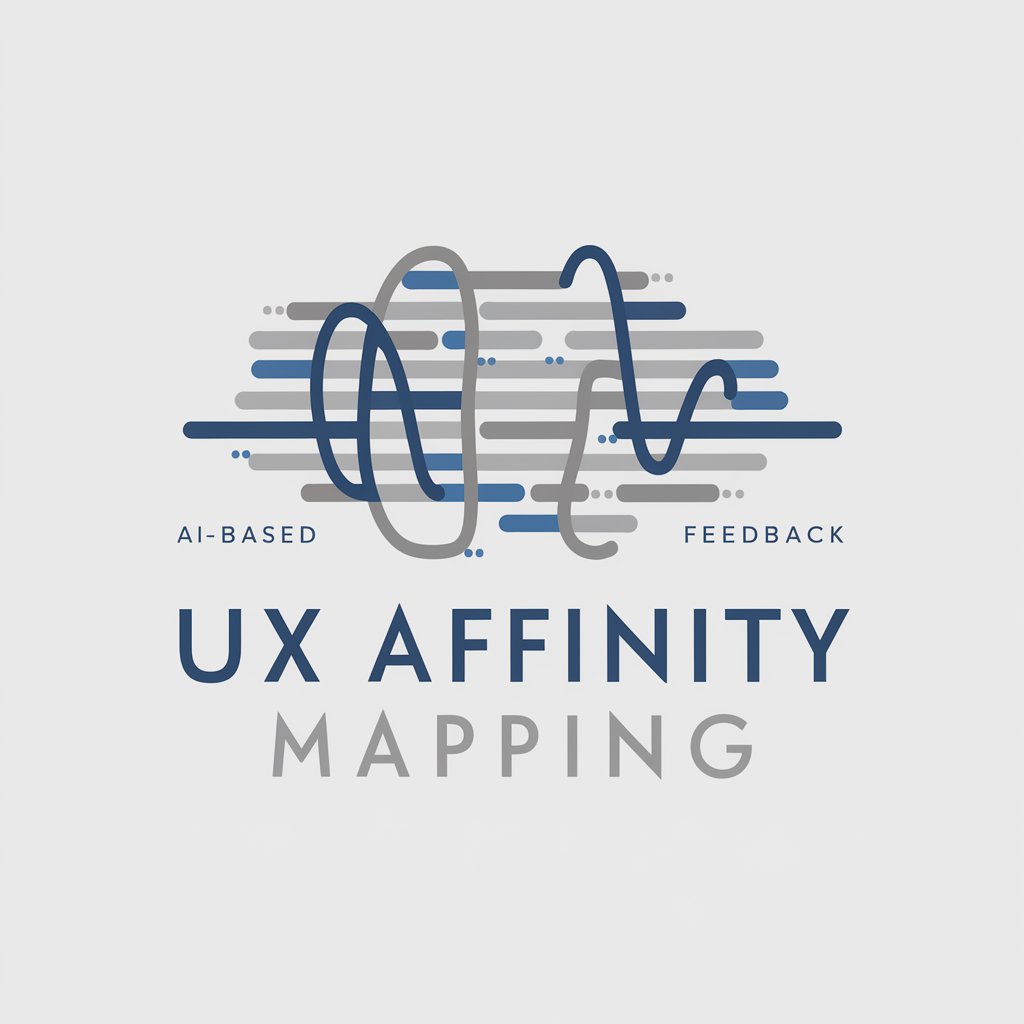
Welcome to UX Affinity Mapping! Let's optimize your user experience.
Discover insights, design smarter.
Please upload or paste your user feedback data.
What specific aspects of the user experience are you looking to improve?
Can you provide details about your target user base?
Do you have any specific goals for this UX affinity mapping session?
Get Embed Code
UX Affinity Mapping Introduction
UX Affinity Mapping is a collaborative UX research technique used to organize and analyze user feedback, observations, and data. By grouping similar pieces of information, teams can identify patterns and insights that help inform design decisions and improve user experience. This process typically involves writing down data points on sticky notes, which are then arranged on a board or wall into categories based on their relationships. An example scenario involves a team sifting through user feedback from a recent app launch to identify common pain points and areas for improvement, such as navigation difficulties or feature requests. Powered by ChatGPT-4o。

Main Functions of UX Affinity Mapping
Organizing User Feedback
Example
After a series of user interviews, a team uses affinity mapping to categorize feedback into themes like 'Usability Issues', 'Desired Features', and 'General Impressions'.
Scenario
This helps in identifying the most frequent complaints and wishes, directing the design improvements in a user-centered manner.
Identifying Patterns and Trends
Example
Through affinity mapping, a UX team discovers a pattern where users express confusion over the app’s checkout process.
Scenario
Identifying this trend allows the team to prioritize redesigning the checkout experience to make it more intuitive.
Facilitating Team Alignment and Decision Making
Example
By visually organizing data, team members can easily discuss and come to a consensus on what the major user experience issues are and how to address them.
Scenario
This process ensures that all team members are aligned on the project goals and understand the user needs clearly.
Ideal Users of UX Affinity Mapping Services
UX Designers and Researchers
Professionals who are directly involved in understanding and improving the user experience of products or services. They benefit from using affinity mapping to synthesize research findings into actionable insights.
Product Teams
Teams consisting of product managers, developers, and marketers who need to ensure that their product development efforts are aligned with user needs and preferences. Affinity mapping offers a visual and collaborative way to keep the user at the center of the product development process.
Stakeholders and Decision Makers
Individuals who make strategic decisions about the direction of a product or service. They can use the insights derived from affinity mapping to understand user needs and make informed decisions about product features, priorities, and improvements.

Using UX Affinity Mapping
1
Start with a free, no-login trial at a designated UX platform to explore features without a subscription.
2
Gather all user feedback, observations, and data into one centralized location for easy access and organization.
3
Organize feedback into thematic clusters or groups based on similarities, patterns, or related concepts to uncover insights.
4
Prioritize and discuss findings within teams to identify key themes, pain points, and opportunities for improvement.
5
Translate insights into actionable design strategies or improvements to enhance the user experience.
Try other advanced and practical GPTs
IT Infrastructure Coach
Streamline your IT infrastructure with AI-powered insights.

Bicycle Service Assistant
AI-powered Bike Care Expert

Capybara Riding a Bicycle image generator
Unleash creativity with AI-powered capybara imagery.
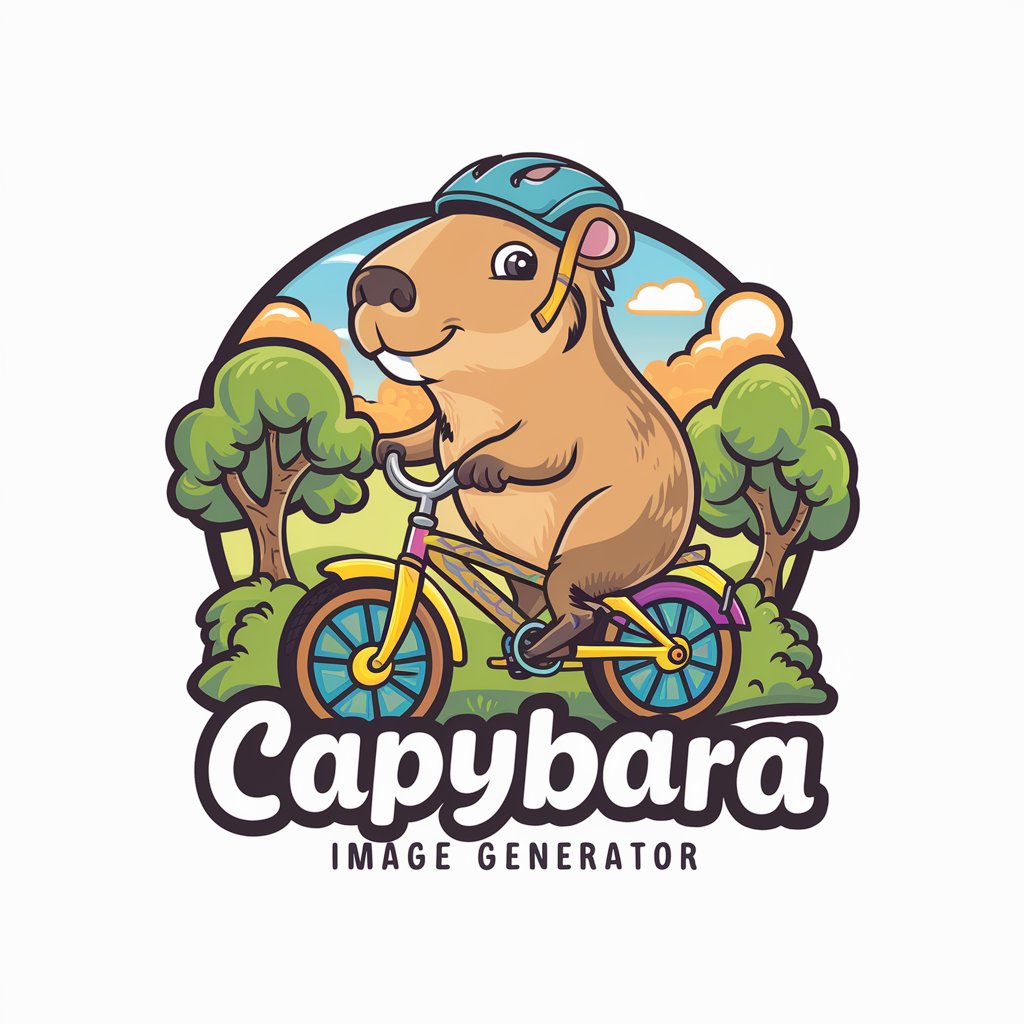
Studiegenoot Hardware
Tailored exam prep and concept clarity in computer hardware.
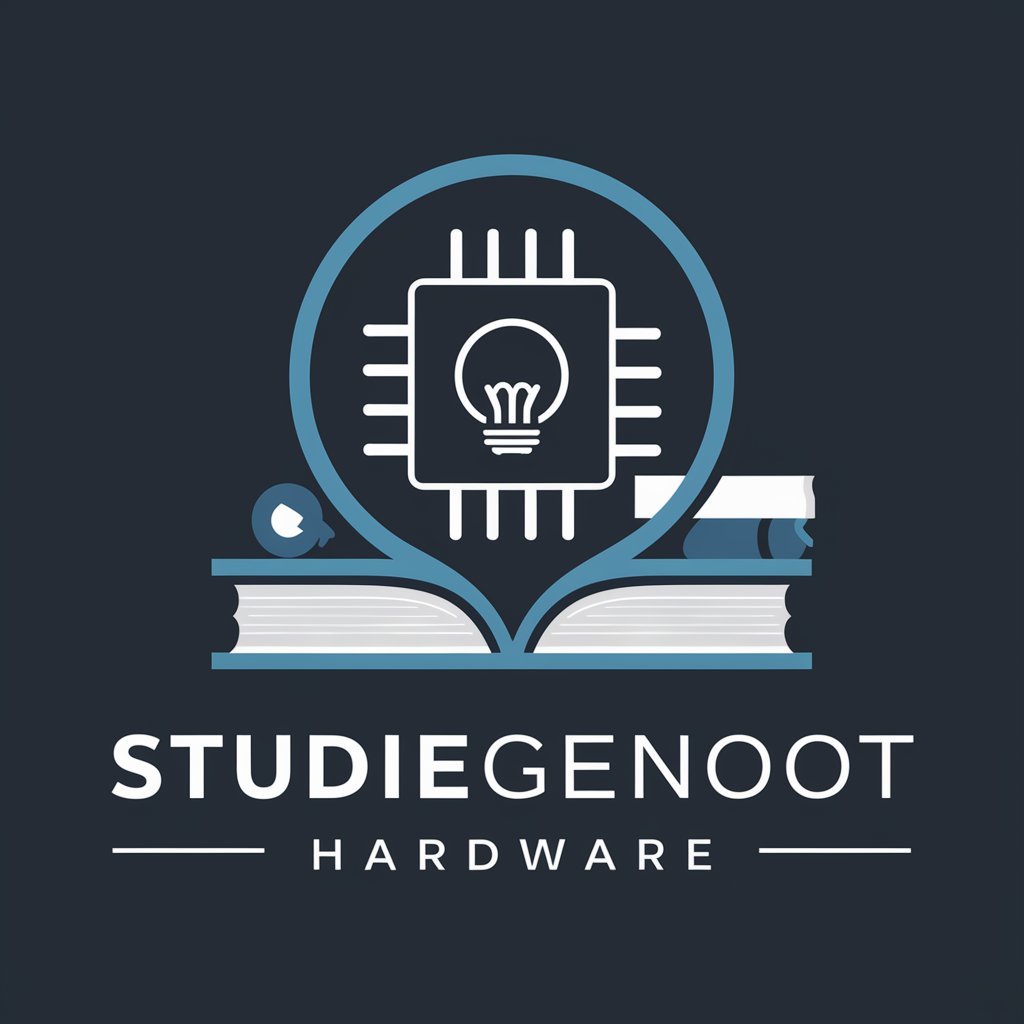
Office Expert and Marketing Advisor
Empowering your Office tasks with AI

Cinema Sage
Explore the world of cinema with AI-powered insights.

House Projection Mapping Helper
Bring visions to life with AI-powered projection mapping.
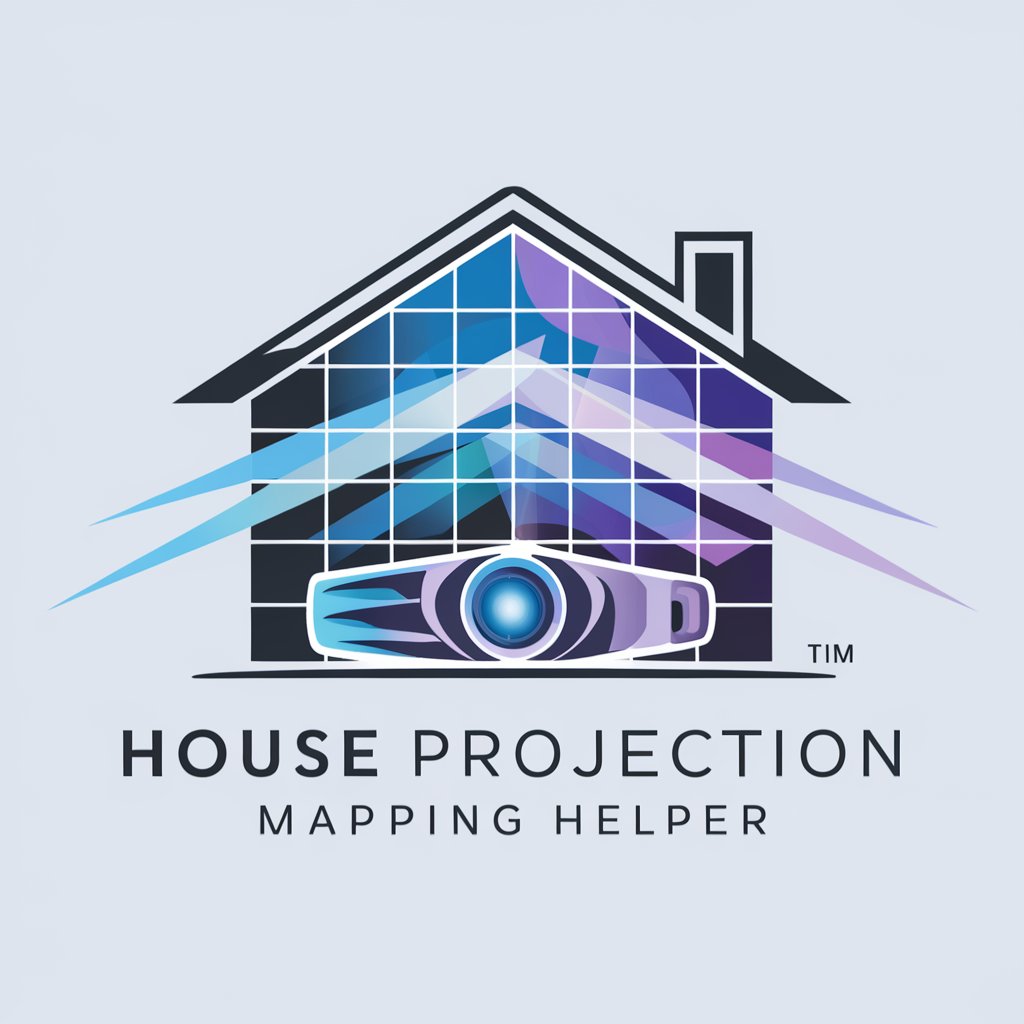
Wardley Mapping Mentor
Strategize with AI-powered Mapping

NerdSeq Mapping Maestro
Empower your modular performances with AI-driven mapping.

Mind Mapping Guide
Unlock creativity with AI-powered mind mapping.
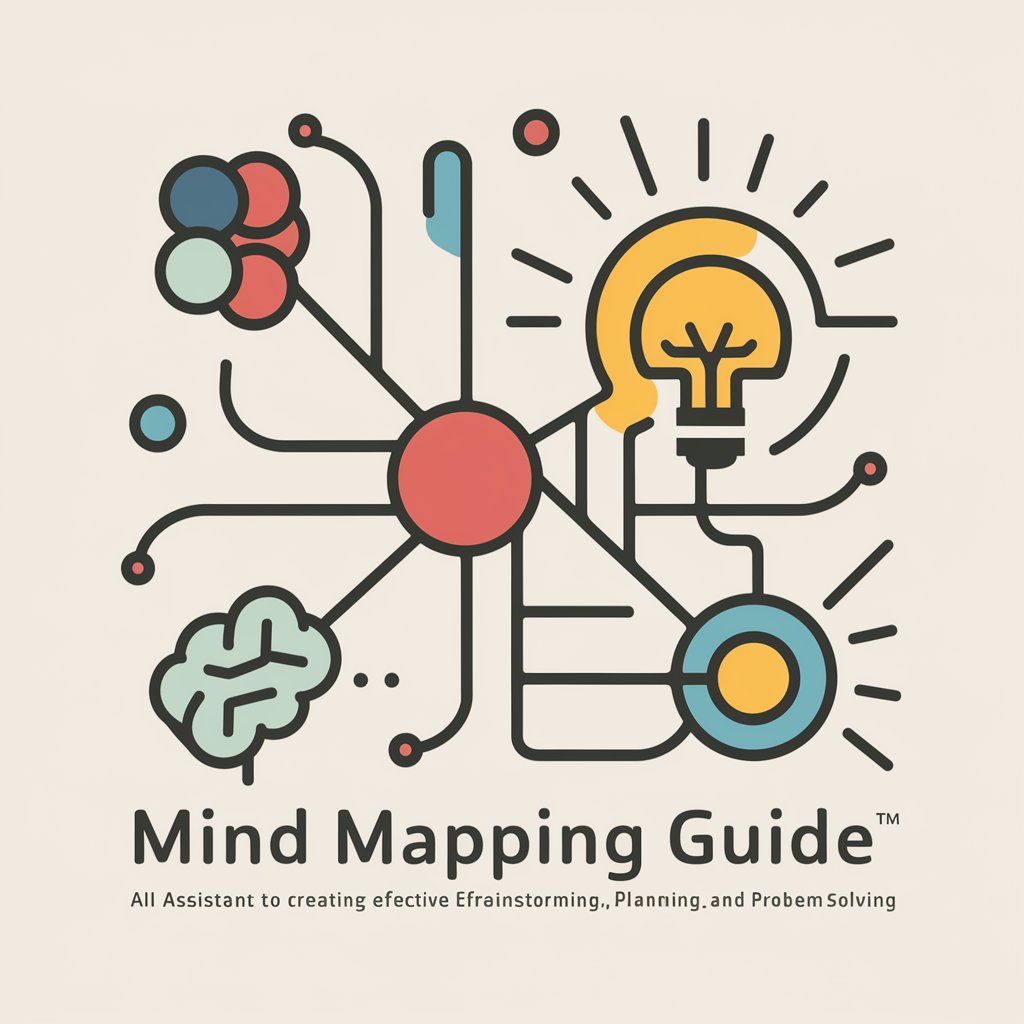
ChartMaster
Deciphering Markets with AI-Powered Analysis
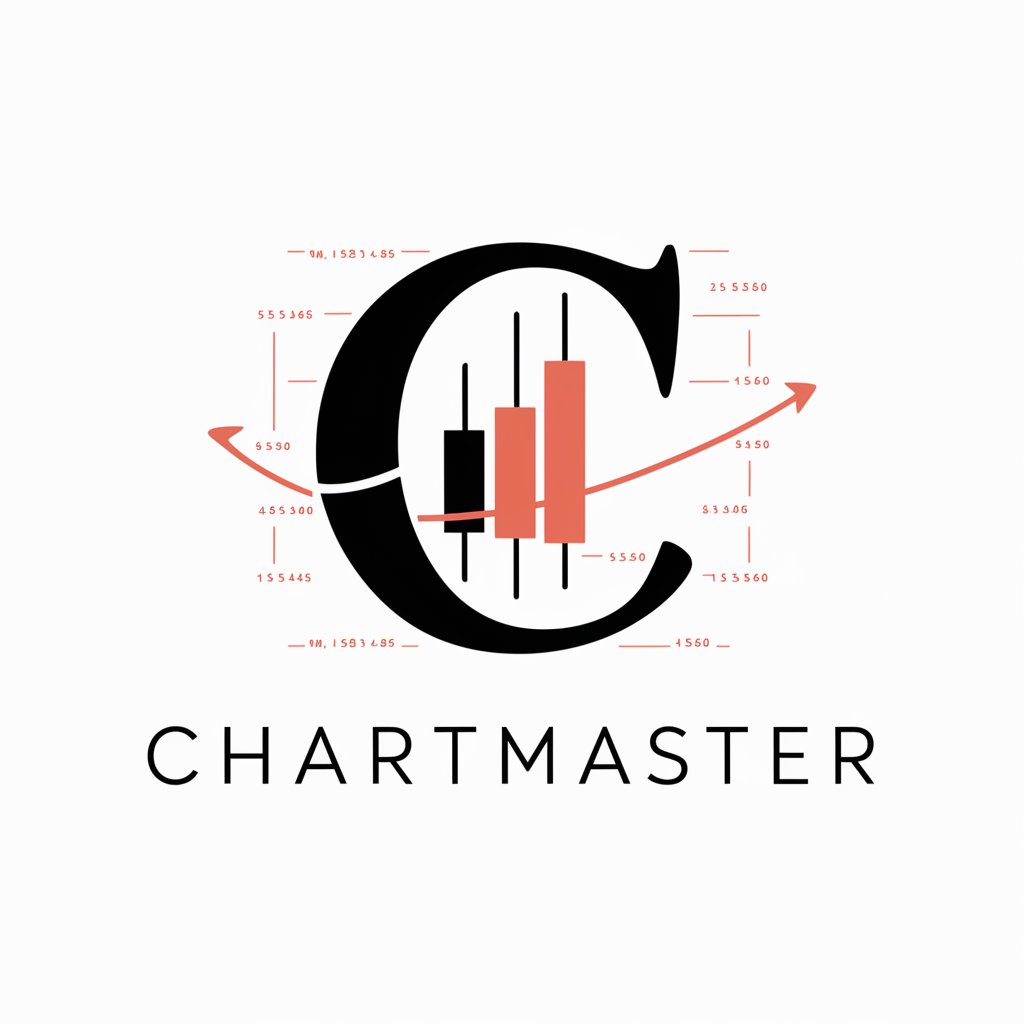
Lil' Algo - The Digital Rapper
Unleash your story, rap-style.
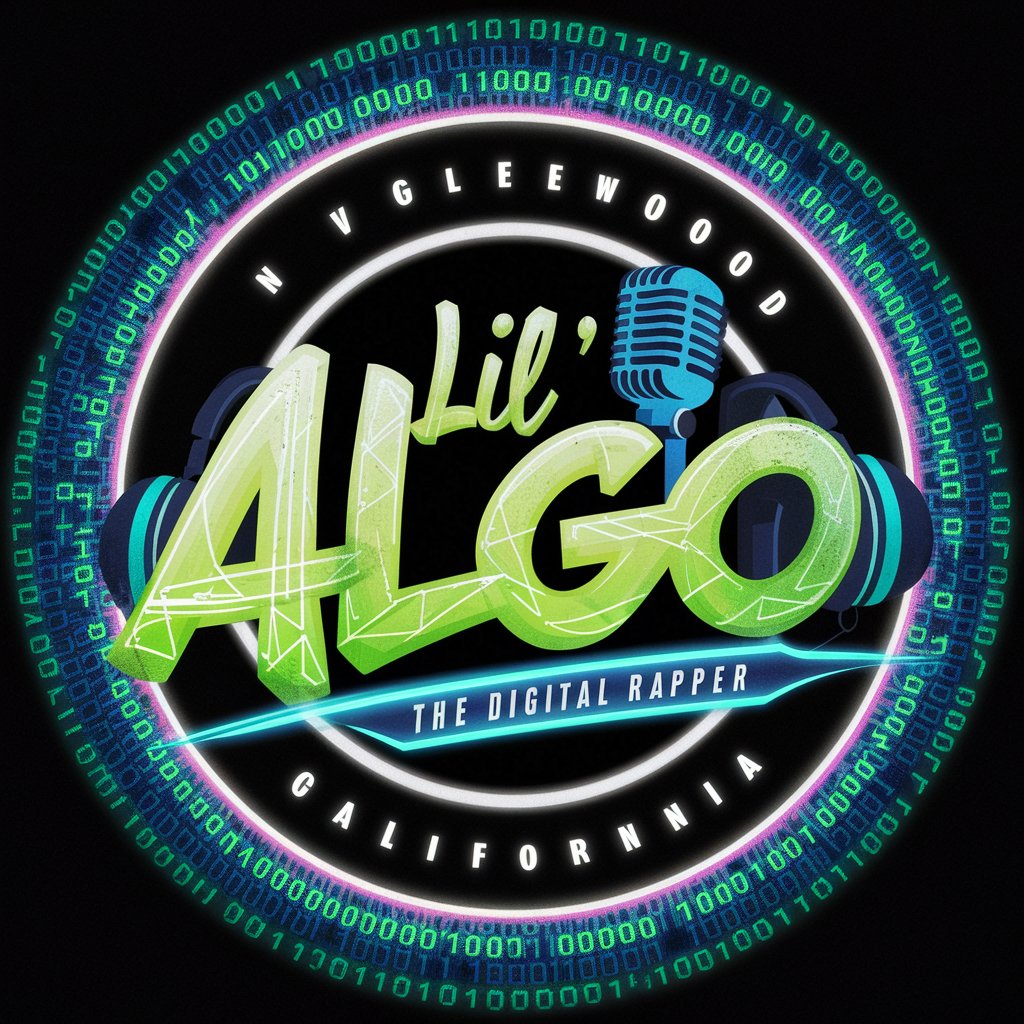
Q&A about UX Affinity Mapping
What is UX Affinity Mapping?
It's a collaborative technique used to organize data, such as user feedback or observations, into groups based on their natural relationships. This helps teams identify patterns and insights for decision-making.
Who should use UX Affinity Mapping?
UX designers, product managers, and development teams benefit from it, particularly when dealing with large amounts of user data to improve products or services.
When is the best time to conduct UX Affinity Mapping?
It's most effective during the early stages of product development or when revising features, to understand user needs and pain points.
How does UX Affinity Mapping benefit product development?
It aids in identifying user needs, improving product design, enhancing user satisfaction, and prioritizing features based on real user feedback.
Can UX Affinity Mapping be done remotely?
Yes, with digital tools and platforms available today, teams can collaborate and conduct the mapping process virtually, making it flexible and accessible.
